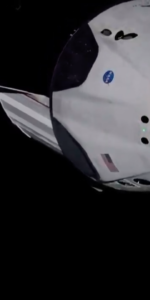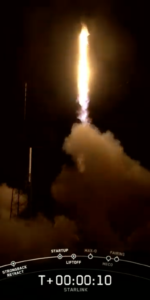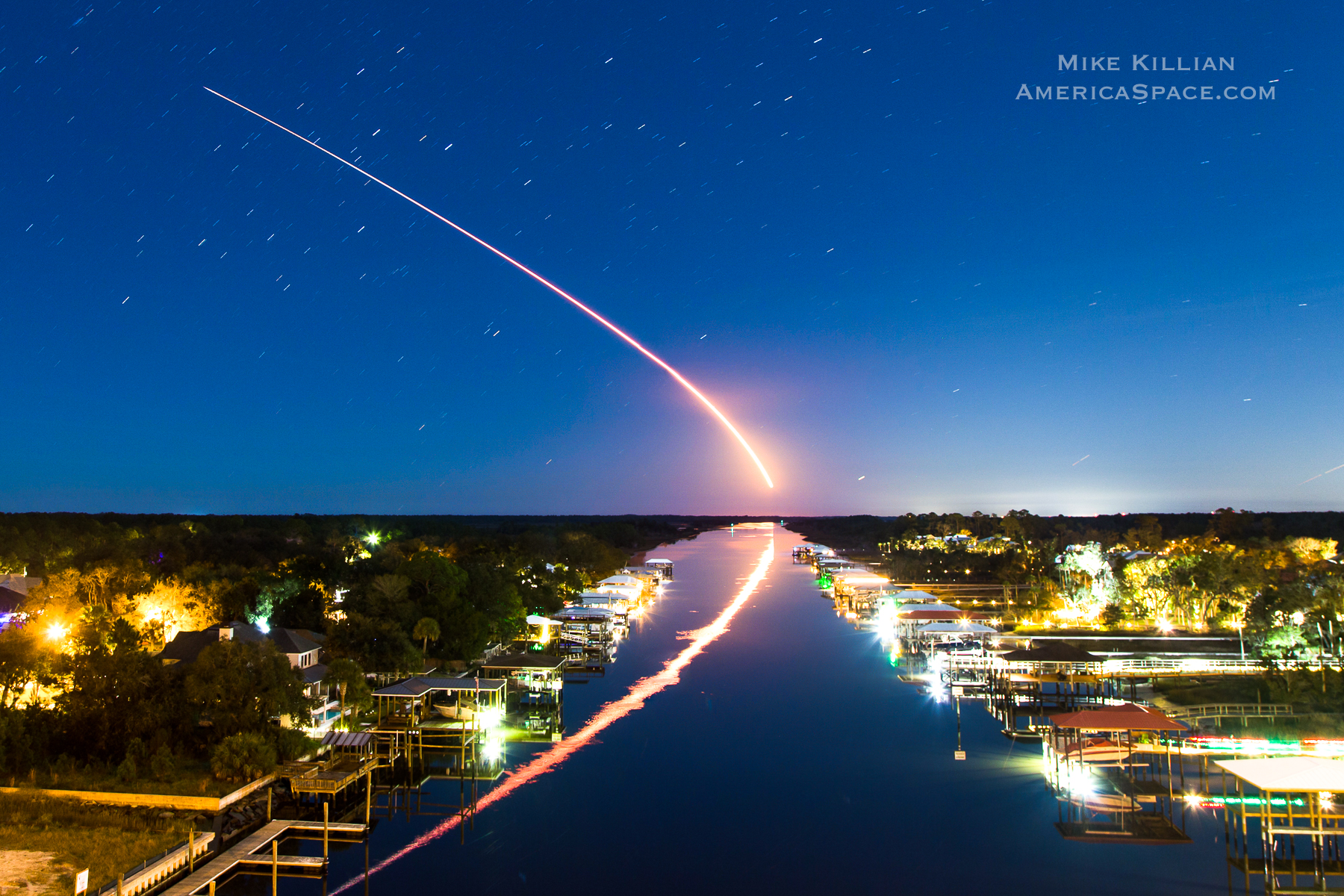
SpaceX’s foot is firmly on the gas as the organization prepares for its ninth launch of 2020 and its second in less than a week. Following the triumphant liftoff of the never-before-used B1058 Falcon 9 core carrying Dragon Endeavour and NASA astronauts Doug Hurley and Bob Behnken last Saturday, the baton will pass back to “routine” Starlink flights on Wednesday night, with the targeted launch of 60 of these low-orbiting internet communications satellites from Space Launch Complex (SLC)-40 at Cape Canaveral Air Force Station, Fla.
Launch is targeting 9:25pm EDT, with a backup launch opportunity on June 4 at 9:03pm EDT
FOLLOW AmericaSpace’s Launch Tracker HERE
.
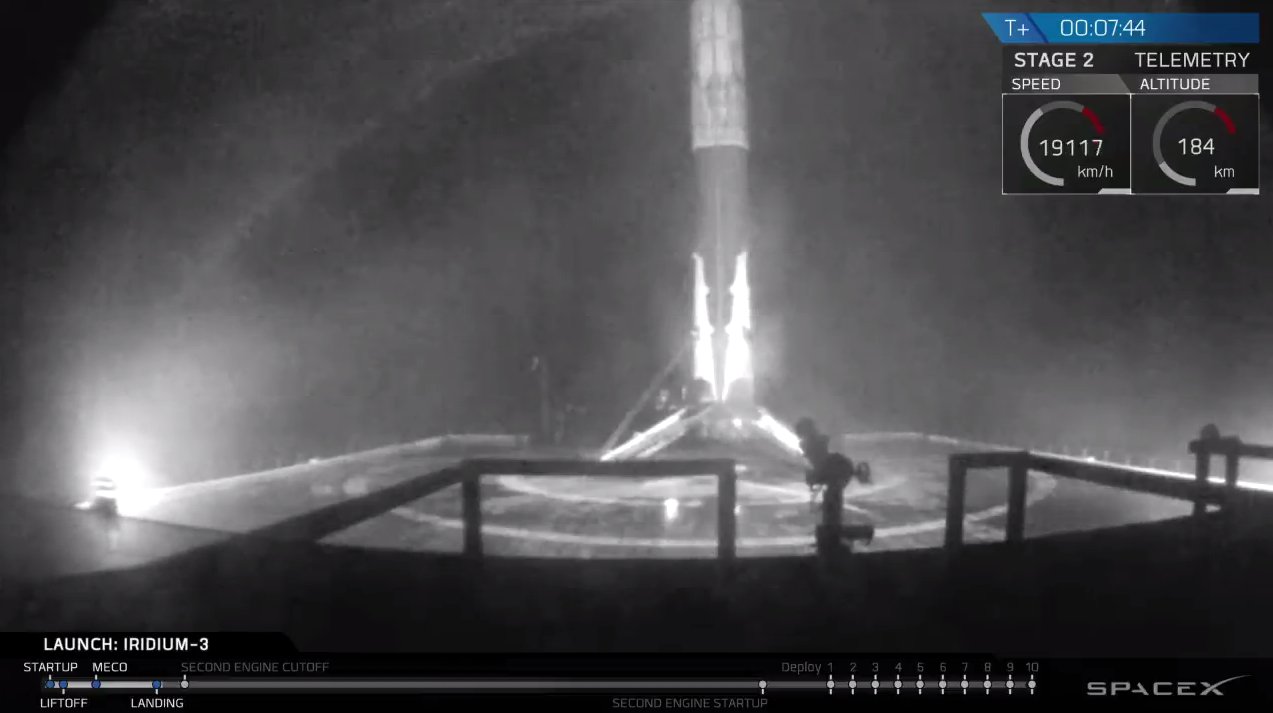
Uniquely, this mission is expected to see the return of its core to the Autonomous Spaceport Drone Ship (ASDS), “Just Read the Instructions”, newly arrived on the East Coast following previous duty in support of missions out of Vandenberg Air Force Base, Calif. This particular ASDS has successfully recovered seven Falcon 9 cores between January 2017 and January 2019. And if it lands safely, core B1049 will mark the first Falcon 9 to return successfully from a fifth orbital launch.
This year has been a spectacular one for SpaceX to date, with eight missions conducted in its first 22 weeks. Three hundred Starlink satellites have been placed into orbit on five launches—twice in January and one each in February, March and April—together with the CRS-20 Dragon cargo mission to the International Space Station (ISS), the long-awaited in-flight abort test of Crew Dragon and last weekend’s launch and arrival of Hurley and Behnken as the newest members of Expedition 63.
The $10 billion Starlink program, unveiled by SpaceX CEO Elon Musk in Seattle, Wash., in January 2015, has been described as a means of revolutionizing low-cost broadband provision. He identified it as a means of opening the way for competitively-priced services for urban regions and rural and underserved areas of the United States. Under the announced plan, an eventual constellation of 12,000 satellites could handle up to half of all backhaul communications traffic and a tenth of all local internet traffic in high-population-density cities by the mid-2020s.
Late in 2016, SpaceX described the concept as “non-geostationary” and revealed Starlink’s initial coverage would span the Ku-band and Ka-band regions, between 12-18 GHz and 26.5-40 GHz, respectively. By the late spring of the following year, plans were laid for a second orbital “shell” of satellites to utilize the V-band at 40-75 GHz, which is not routinely used for commercial communications purposes. Previously, the V-band has seen service for millimeter-wave radar research and scientific applications, but it reportedly also has promise for high-capacity terrestrial millimeter-wave communications networks.
SpaceX’s original intent was for 4,425 Ku-/Ka-band Starlinks to reside at an altitude of 710 miles (1,150 km) and 7,518 V-band birds to sit at 210 miles (340 km), producing a total population of these small satellites by the mid-2020s. However, in November 2018 SpaceX received licensing from the Federal Communications Commission (FCC) to operate a third of the Ku-/Ka-band complement—some 1,584 satellites—at just 340 miles (550 km), much lower than initially planned.
This will produce a relatively short operational lifetime of around five years, before they are maneuvered into a disposal orbit for controlled re-entry. SpaceX has explained that all satellite components are “100-percent demisable” and exceed “all current safety standards”, but the sheer volume of Starlinks to be launched in a relatively short period has aroused lingering controversy, both in terms of the work of astronomers and adding to ongoing debate about the effect of space debris.
Two Starlink test satellites, Tintin-A and Tintin-B, were launched in February 2018 and successfully validated the phased-array broadband antenna from an orbital perch 320 miles (515 km) above Earth. Then, last May, the first 60 “production-design” Starlink satellites were launched. Although three of the satellites failed shortly after reaching orbit, the remainder are still healthy.
More recently, in November 2019 and on five occasions in 2020 further batches of 60 Starlinks apiece were boosted to space on three veteran Falcon 9 rockets. SpaceX President Gwynne Shotwell has already confirmed plans to launch further 60-strong sets of Starlinks approximately every two weeks throughout 2020.
Original planning called for the upcoming batch of Starlinks to fly on 17 May, ahead of Demo-2. In support of this attempt, the B1049 core was static-fired on SLC-40 on 13 May. But in an all-too-familiar game of weather-related musical chairs, a United Launch Alliance (ULA) Atlas V to deliver the U.S. Space Force’s USSF-7 payload into orbit slipped 24 hours past its original 16 May launch date.
It flew successfully the following day and there was some hope that SpaceX might fly Starlink as soon as the 18th, even though this offered a narrow “window” of only nine days for the ASDS to pick up B1049, bring it back to port, then about-turn into the Atlantic to retrieve the Demo-2 booster. The ever-changeable weather also threw its own spanner in the works in the form of Tropical Storm Arthur, which produced heavy rainfall and and gusty winds in the Florida Keys and South Florida. In the end, SpaceX erred on the side of caution and postponed the Starlink flight until early June.
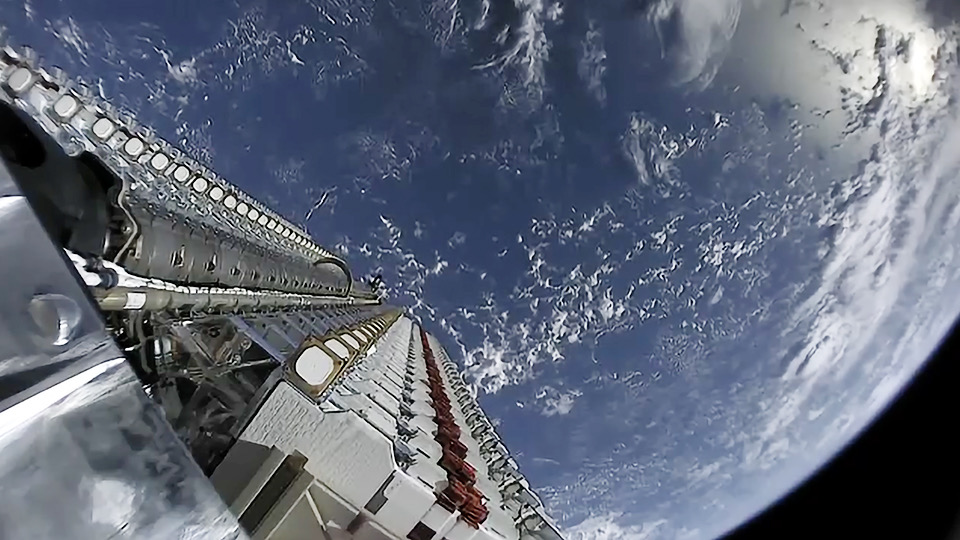
Owing to the relatively short slip of only a couple of weeks, a second Static Fire Test proved unnecessary and B1049—with its Starlink payload fairing pre-integrated—was rolled from the Horizontal Integration Facility (HIF) to SLC-40 for launch. This particular Falcon 9 core has four previous missions to its credit. It first flew back in September 2018 to deliver the heavyweight Telstar 18V communications satellite to geostationary transfer orbit, then launched a second time in January 2019 to close out the final mission of Iridium NEXT. B1049’s third and fourth flights last May and in January 2020—achieving the first U.S. space launch of the new decade—were both devoted to Starlink.
As such, assuming B1049 achieves an on-time launch Wednesday evening, it will become only the second Falcon 9 core to log a fifth mission. Its sibling B1048 flew for its fifth time back in March 2020, but residual cleaning fluid trapped in a sensor ignited in flight and conspired to a premature shutdown of one of the Merlin 1D+ first-stage engines and the core failed to land safely on the ASDS.

All eyes will undoubtedly be on hitting Wednesday evening’s launch window, for which weather conditions are predicted to be about 70-percent-favorable, according to the 45th Weather Squadron at Patrick Air Force Base in its L-1 briefing on Tuesday morning. “A strong area of high pressure will continue to slide southeast today, bringing a steady onshore flow,” it was noted. “The high will be well east of the area by tomorrow’s launch window, but its ridge axis will extend out north of the Spaceport, shifting winds more southeasterly.” Principal concerns are a chance of violating the Thick Cloud Layer Rule and the Cumulus Cloud Rule. However, conditions are predicted to take a significant turn for the worse beginning late Wednesday.
In the event of a scrub and 24-hour turnaround, the outlook for Thursday is markedly less sympathetic, with only a 40-percent chance of good weather at T-0. Deep tropical moisture entrenched over the area is expected to produce an elevated likelihood of showers and thunderstorms, lasting most of the day and adding a potential violation of the Disturbed Weather Rule to the mix.
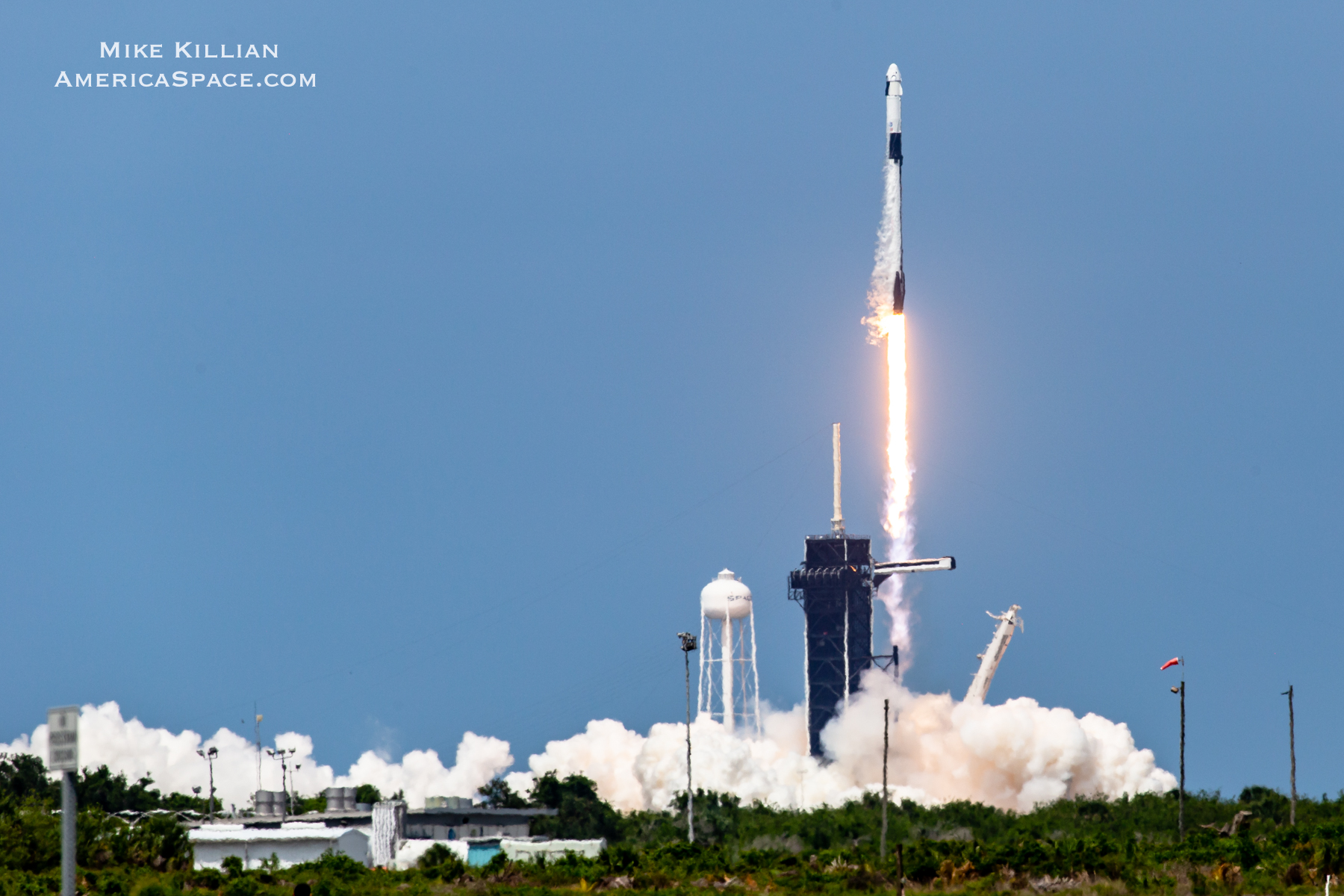
And if B1049 flies on time tomorrow night, only four days after the departure of Dragon Endeavour from neighboring Pad 39A at the Kennedy Space Center (KSC), it should record a new personal best for the shortest interval between any two Falcon 9 launches from the East Coast. It will eclipse the six days which elapsed in early 2018 between the GovSat-1/SES-16 mission and the maiden voyage of SpaceX’s Falcon Heavy.
.
.
FOLLOW AmericaSpace on Facebook and Twitter!
.
.
Missions » Commercial Space » Starlink »



